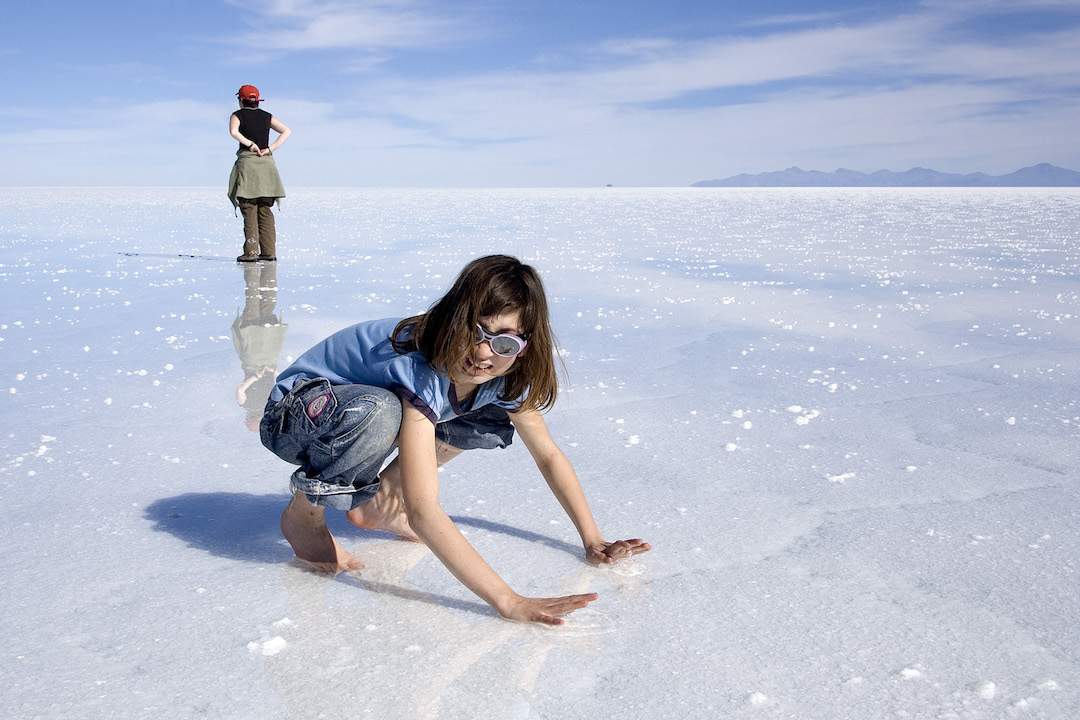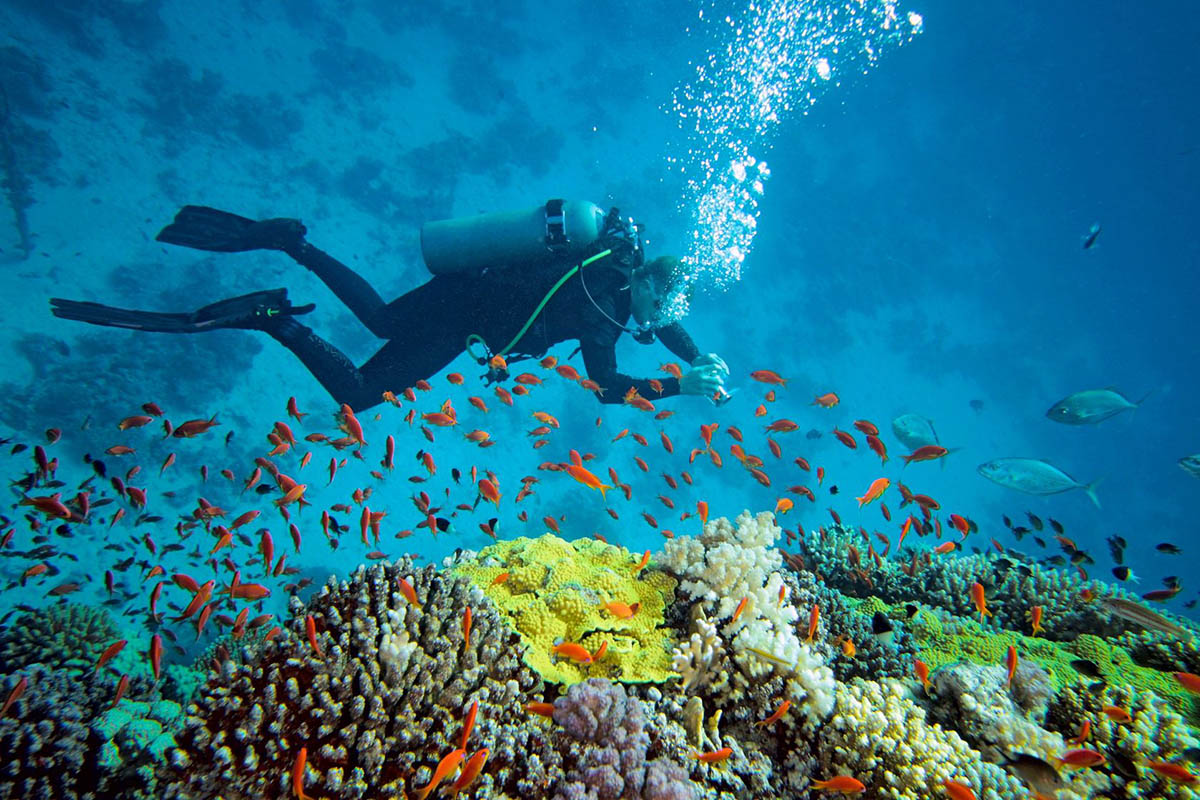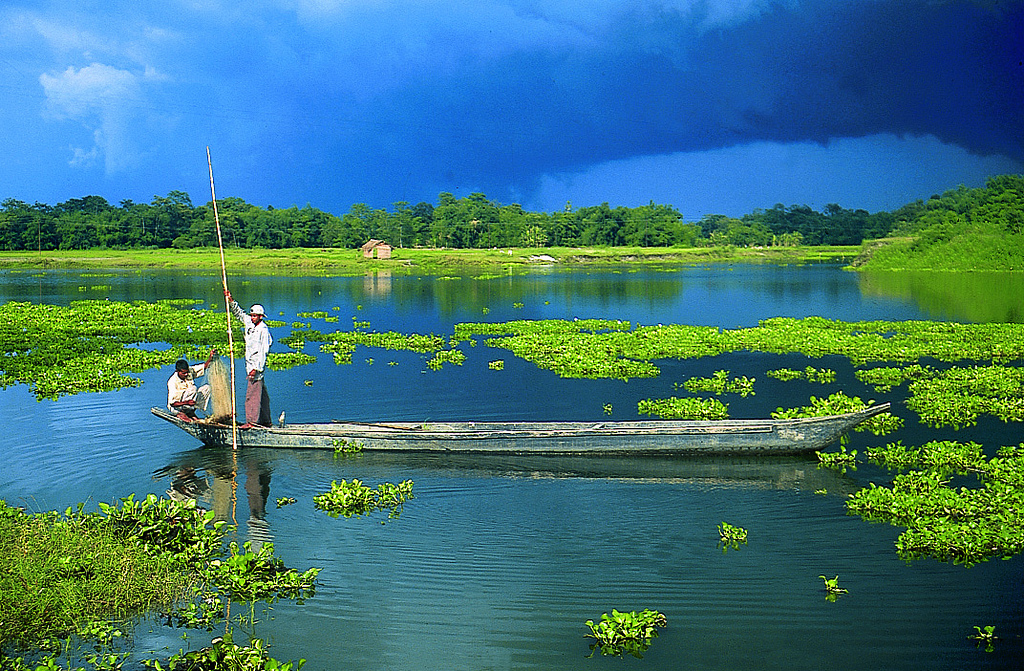Bolivia is famous for its stunning salt flats, an impressive landscape of bright white salt crusts that stretch as far as the eye can see. From their unique history to their fascinating geological formations, the salar de Uyuni are a must-see destination for anyone visiting South America.
Introduction to the Salar de Uyuni.
The Salar de Uyuni is the world’s largest salt flat, located in the southwest region of Bolivia near the crest of the Andes mountain range. Covering an area of more than 4,000 square miles, this barren expanse is filled with a thick layer of white salt crusts that sparkles in the sun and stretches for miles over a flat desert landscape.
Believed to be around 40,000 years old and possibly the result of a prehistoric salt lake, the Salar de Uyuni has become a popular tourist attraction for its majestic otherworldly beauty. During the rainy season, enormous shallow pools filled with water form atop the salt flats, transforming the desert into a large reflective mirror that creates an infinite horizon in every direction. Aside from marveling at its ethereal beauty and experiencing its secure footing and sense of silence, visitors can take part in activities like biking on the pristine white surface under sunny skies or observing rare wildlife such as pink flamingos near nearby salt lakes.
Exploring the Interconnected Lakes and Islands of the Salar.
At the Salar de Uyuni, one of Bolivia’s most dazzling natural wonders, visitors will find a number of interconnected lakes and islands that offer an impressive variety of landscapes. The town of Colchani, located at the eastern edge of the flats, lies in a shallow salt marsh and is home to numerous mollusk species. Further south are some larger bodies of water like Chiguana and Hedionda lagunas and several small islands such as Inca Karapa Island filled with wild camelids such as vicuñas and alpacas.
From the top of Koo Falsa, the highest mountain in Salar de Uyuni, visitors can take in stunning views of the lake and land below. Visitors can also explore “Isla Incahuasi,” an extinct volcanic peak with a summit reaching over 5,500m that is home to a rich diversity of plant life. “Isla Pescado” has surrealistic rock formations formed by erosion and cacti gardens among abandoned building ruins, while the “Ojos de Salar” lagoons offer kaleidoscopic colors from the refrigerant river entering their basin. Visitors will be amazed at all that this expansive salt flat has to offer, from hidden treasures peeking through the white mist to lush underground lagunas reflecting its stillness.
Unique Wildlife of the Salar de Uyuni.
Within the flats of the Salar de Uyuni are a number of unique animal species that can only be found in this part of Bolivia. Visitors to the reserves will spot wild flamingoes wading through saline-rich waters, and llamas and alpacas grazing on its dried mud. Other species such as Vicuñas, threatened by poaching in other parts of Bolivia, have made a home in the expansive flatlands here.
Besides its vast greenery, Salar de Uyuni is also home to a unique salt-tolerant species of pink flamingoes. These birds are known for their bright pink plumage and long thin legs. They feed on larvae, crustaceans and algae found in the salty waters of the flats. Meanwhile, Vicuñas herds dot the flatlands and graze on the sparse vegetation; they are among the most important reserves of this threatened species in Bolivia. In spite of its harsh climate and terrain, Salar de Uyuni provides a safe haven for many special wildlife species that can only be found in this area.
Visiting These Picturesque Landscapes in One Day or Fewer.
Many people opt to take a single-day tour of the salt flats and use it as an introduction to Bolivia’s unique landscape. From sunrise to sunset, visitors can marvel at the flat white expanse leading them toward mountain ranges and otherworldly lagoons of intense blues, greens, yellows and pinks. It’s also possible for some visitors to explore the salt flat complex in two days or even fewer if desired.
The salt flats are a natural phenomenon where the surface is up to 13,000 feet (4,000 meters) above sea level and covered with a thin layer of water. As visitors roam across the landscape they can observe colors that change in every moment as the sun moves past them, creating an unforgettable view. Visitors can also dress in costumes or take props with them if they choose to, and right there on the salt flats capture incredible photographs with their reflections on the white plain. With features like hot springs nearby and wildlife abundant, visitors often don’t even want to leave this miracle of nature at all!
Tips for Photographers Looking to Capture this Destination’s Beauty on Camera.
Photographers should make sure to take advantage of the unique perspectives offered by the Salt Flats. Experienced photographers can use the flatness of the landscape and long horizons to push their creative boundaries. With some careful planning and preparation, it’s possible to get amazing photos on a single-day tour. Those looking for extra special shots can also opt for an overnight stay in one of the salt flats’ small villages or campsites and even enlist a guide from a local travel agency to help navigate Bolivia’s magnificent scenery and find the perfect angles for their photography session.
As the largest salt flat in the world, Bolivia’s Salar de Uyuni — a 10,582 square-mile expanse of nearly pristine white salt — is an incredible destination for photographers of all levels. On a clear day, you can see for miles out over the salt covered terrain and capture some truly stunning photographs. The best time to visit the salt flats is in June or July when it rains during the night and forms a layer of water which reflects the sky and clouds across its vast expansee. This creates an amazing mirror effect which looks surreal yet photographic at the same time. In such conditions shutterbugs are able to take advantage of natural light on different days and capture unforgettable pictures that they couldn’t possibly reproduce anywhere else.
Conclusion
Bolivia’s Salt Flats, also called Salar de Uyuni, are a stunning natural wonder worth visiting. You can see sparkling white salt crusts, interconnected lakes, and unique wildlife. You can take a one or two-day tour and capture amazing photos. Whether you’re a nature lover, photographer, or seeking adventure, Bolivia’s Salt Flats won’t disappoint.





No Comment